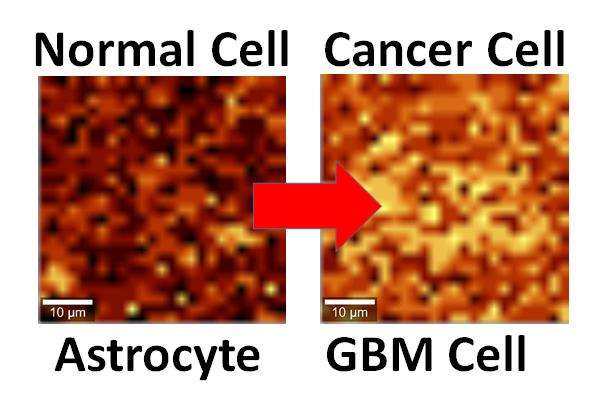Is there anything that graphene can’t do? Well, you can add one more activity to the list that is detection of cancer cells. When brain cells were interfaced over graphene, the research team working at University of Illinois in Chicago recently demonstrated that they can differentiate hyperactive cancerous cells singularly from a regular cell. This can lead to development of a noninvasive but simple tool for early cancer diagnosis. An assistant professor of Clinical neurosurgery department in UIC College of Medicine, Ankit Mehta, worked with Vikas Berry, the associate professor as well as chemical engineering head who says, “This graphene system is able to detect the level of activity of an interfaced cell,”
Berry says, “Graphene is the thinnest known material and is very sensitive to whatever happens on its surface. The cell’s interface with graphene rearranges the charge distribution in graphene, which modifies the energy of atomic vibration as detected by Raman spectroscopy.” While stating this he referred to a very potent workhouse technique that is regularly being used for observing graphene. The atomic vibration energy present in crystal lattice of graphene differs according to its contact with cancer cell or regular cell. This happens because the cancer cell’s hyperactivity forms a higher negative charge over the surface and leads to release of more protons.

Filed Under: News


Questions related to this article?
👉Ask and discuss on Electro-Tech-Online.com and EDAboard.com forums.
Tell Us What You Think!!
You must be logged in to post a comment.